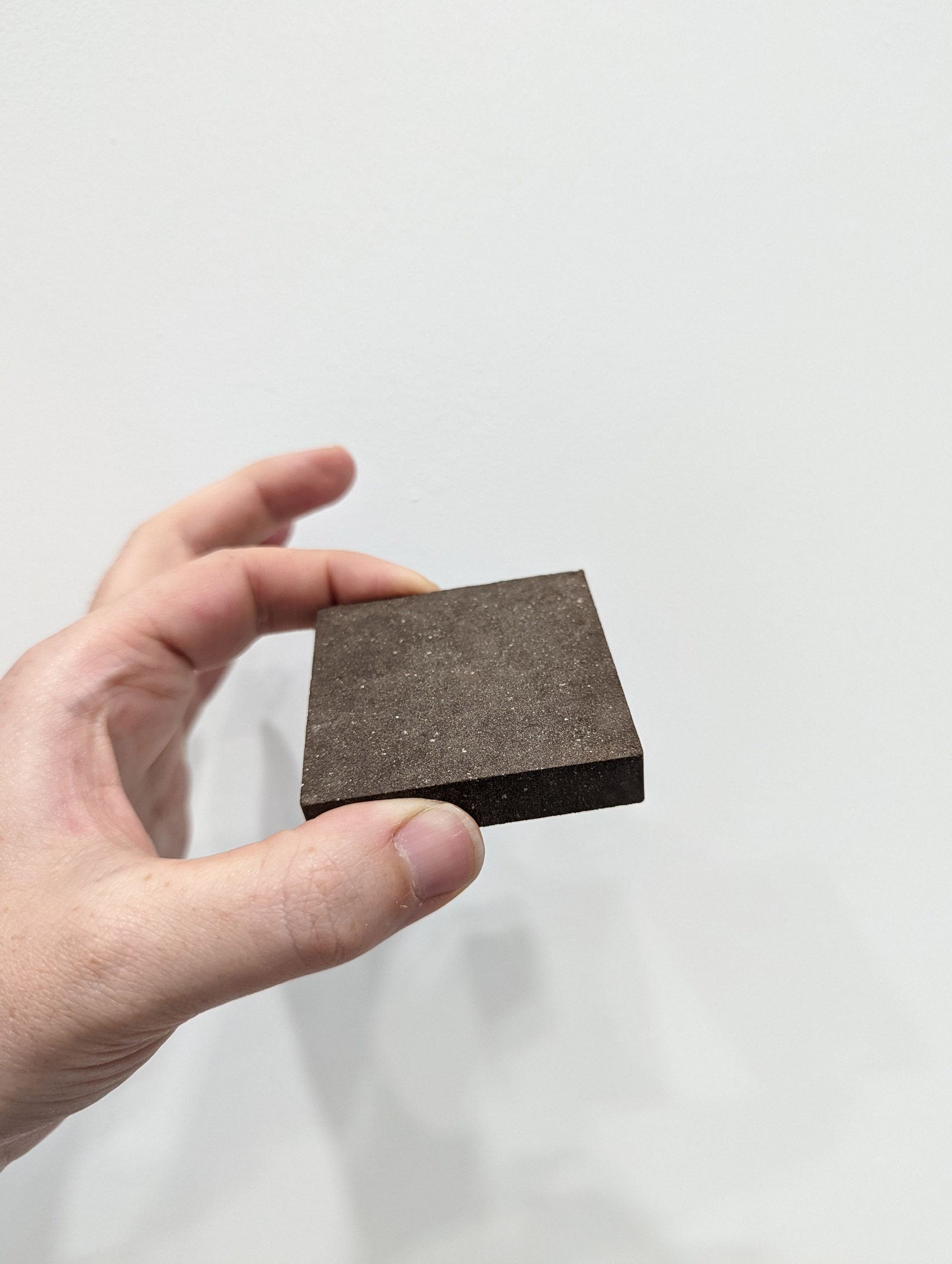
Building with Bits of Space: What is Starcrete?
Possible new innovations in the architectural world are always so intriguing. In an age where resources are becoming more finite and difficult to find, several scientists from all over the world have thought of brand new ways to help humanity lead more eco-friendly lives by slowly building sustainable structures. There’s the rise of biomaterials–products made from earth matter like animals, plants, and fungi. And now, there’s the idea of creating Starcrete–a concrete-like material that could be made from extraterrestrial dust.

Though it’s still a conceptual material, many researchers are already thinking of using it to build colonies on the moon and on Mars where buildings would need walls and ceilings that are meters thick to protect humans from solar winds, cosmic rays, and pea-sized meteorites traveling at a bullet-speed pace. Looking further into the future, University of Manchester scientist, Aled Robert mentioned that the project’s goal was to also find an alternative to concrete for buildings on Earth as concrete makes up about 80 percent of global greenhouse emissions.

According to researchers from the University of Manchester, the conceptual Starcrete could be made from lunar or Martian regolith (loose unconsolidated rock and dust that sit atop a layer of bedrock) and are kept together with salt and potato starch sourced from the food of astronauts. The first prototype materials though currently substitute martian regolith with “simulated Mars dust” or volcanic rock. The combination apparently produces materials that are two times stronger than ordinary concrete. Currently, the product’s iteration is composed of approximately 5 percent potato starch, 95 percent simulated Martian soil (a.k.a., volcanic rock blasted and ground enough to turn into a fine powder that resembles regolith) and a bit of salt, making it more suitable for constructing buildings that could protect humans from harsh living conditions in outer space.
Related read: The Strange Biomaterials Being used Overseas
This prototype material is currently known to have a compressive strength of 72 megapascals–a pressure twice as strong as regular concrete which has a typical compressive strength of 32 megapascals. A version made with moon dust meanwhile had a compressive strength of 91 megapascals. Prior to the thought of using potato starch, scientists actually previously explored using astronauts’ blood as a binding agent as it gives a compressive strength of 40 megapascals. Using blood though obviously makes it a “less feasible option” according to scientists.
Related read: Biomaterials in Le Magasin Électrique’s Eco-friendly Workspace
Alongside Starcrete, scientists are also researching concepts like Sea Stone which is composed of waste seashells from seafood and aquaculture industries, and Finite–biodegradable construction materials made from desert sand which is, according to the scientists from Imperial College London, as strong as concrete but has half of its carbon footprint.
Photos courtesy of Aled Robert.


